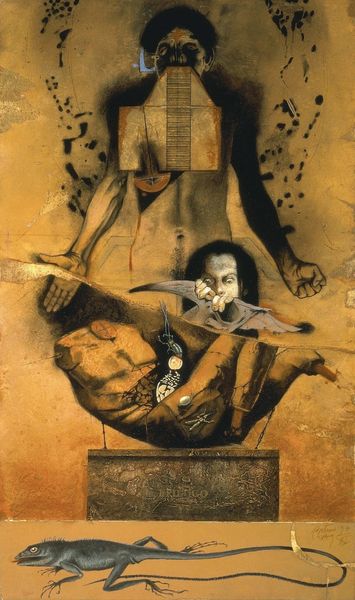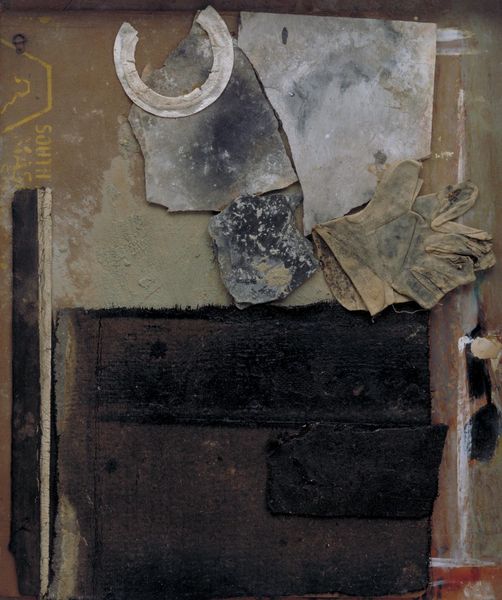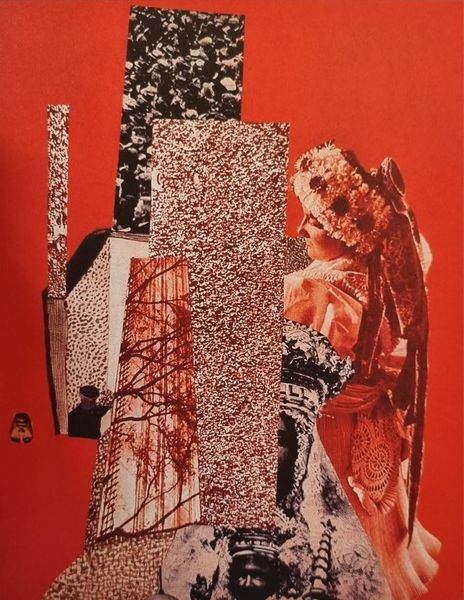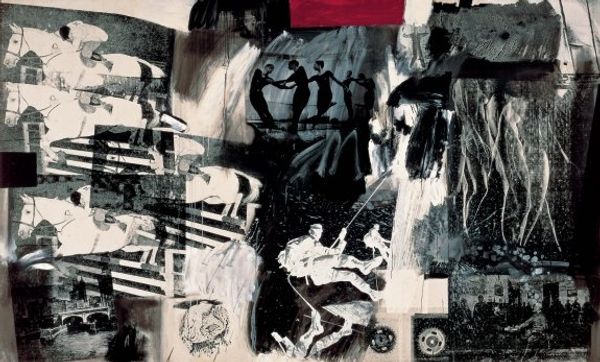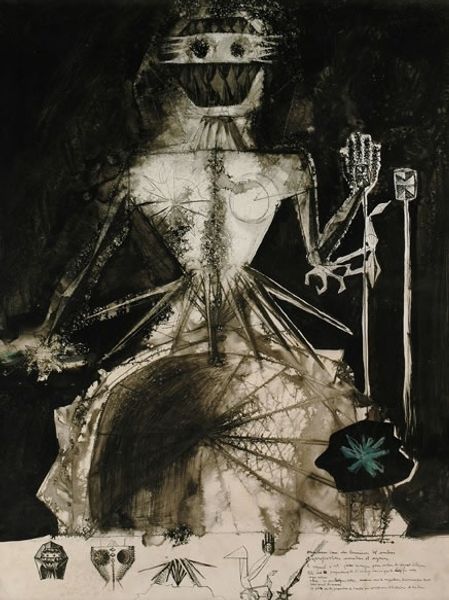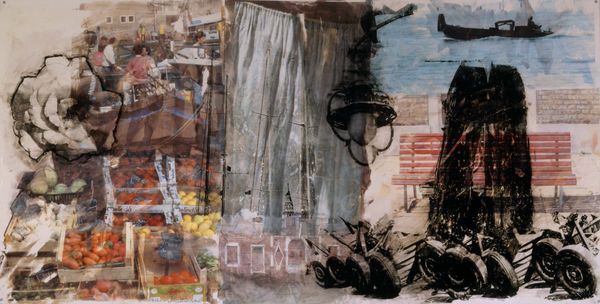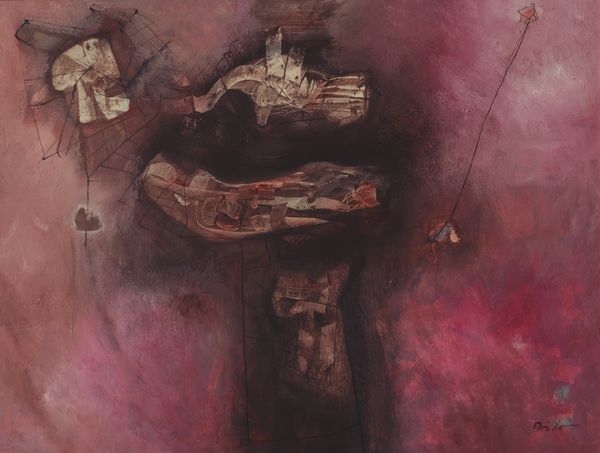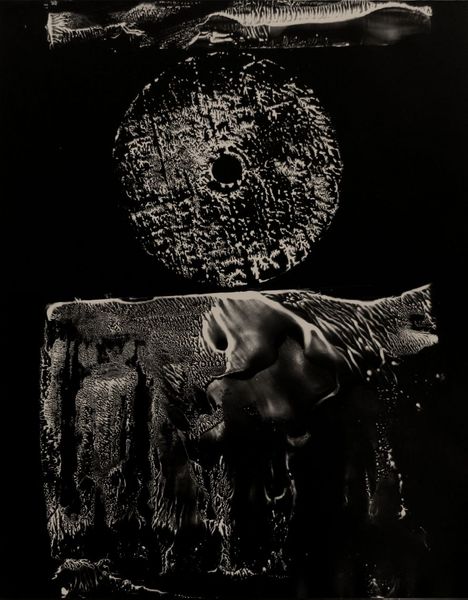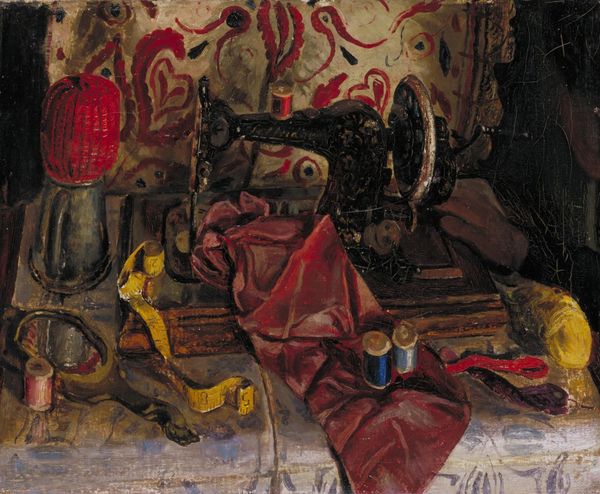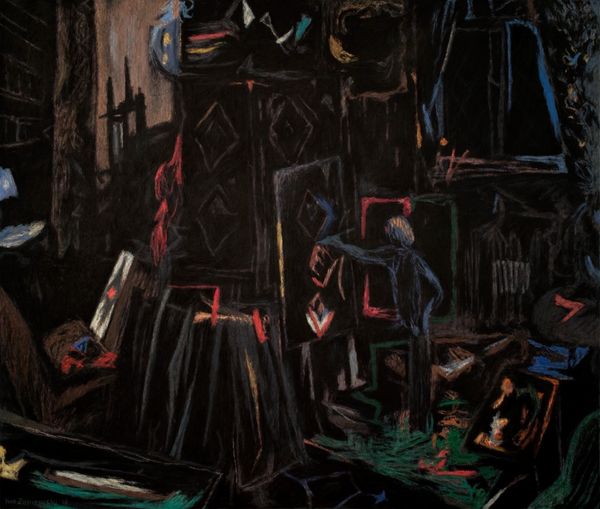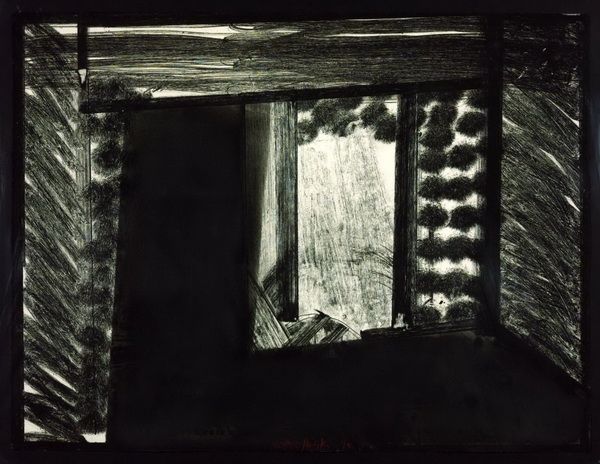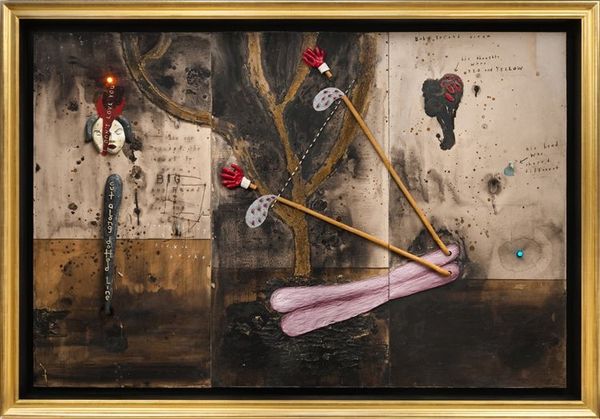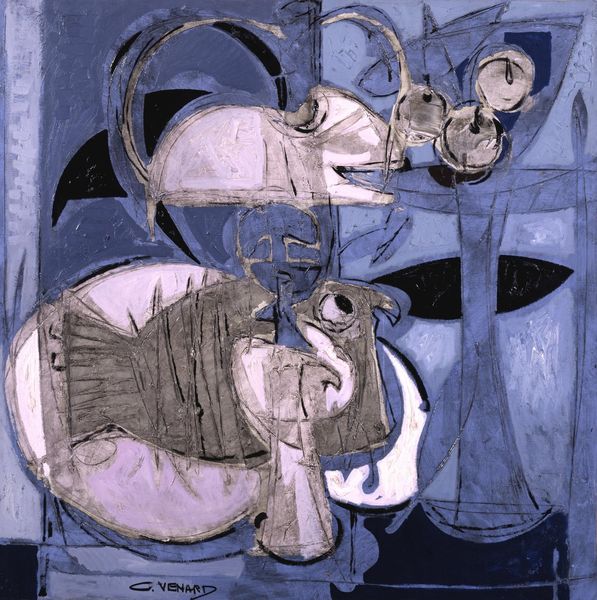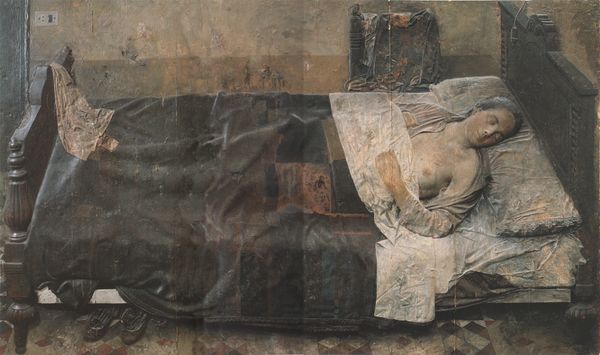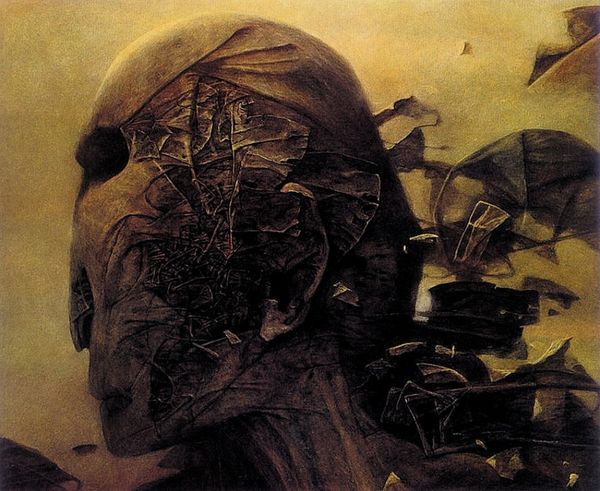
mixed-media, assemblage, found-object, photography, sculpture, site-specific
#
mixed-media
#
conceptual-art
#
abandoned
#
assemblage
#
postmodernism
#
sculpture
#
found-object
#
photography
#
derelict
#
sculpture
#
urban art
#
site-specific
#
mixed media
Dimensions: image: 39.25 × 39.25 cm (15 7/16 × 15 7/16 in.) sheet: 40.64 × 50.8 cm (16 × 20 in.)
Copyright: National Gallery of Art: CC0 1.0
Curator: Let's turn our attention to Arthur Tress's striking assemblage, "The Boys from Krakow," created in 1984. Editor: It has a decidedly dystopian feel. The rusted tools, the grime, the strange little figures... It’s chaotic, yet intensely controlled. There’s a powerful tension at play in the overall composition. Curator: Precisely. Tress, known for his staged photography, blends sculpture, found objects, and photography in this piece, pushing against traditional boundaries. Notice the carefully considered arrangement. The textures, the juxtaposition of materials—metal, string, debris—it all contributes to a complex visual language. The formal relationship is paramount here; everything is so balanced that it makes you wonder whether you are looking at two dimensions or three. Editor: The 'boys' themselves, suspended in what look like makeshift cages with red string. Cages, webs...they evoke feelings of entrapment, maybe even childhood nightmares. And Krakow...given the historical context, is he hinting at the Holocaust and lost innocence? Curator: That interpretation holds significant weight, absolutely. The symbolic implications are deeply rooted in cultural memory. However, I believe the impact also relies on the sheer visual impact. The stark contrast between the soft light, casting long shadows, and the harsh, industrial elements is so important for creating affect and communicating certain ideas. Editor: So the objects themselves aren't simply aesthetic choices? That dangling light fixture, for example, casts a sense of harshness, the rakes have very rigid patterns of straight lines, like implements of some rough game or maybe weapons. Curator: Correct. Each component resonates both aesthetically and metaphorically. Tress doesn't provide easy answers; instead, he presents a potent visual puzzle which opens possibilities for a wider dialogue about post-modernity as a response to historicity. Editor: A somber, thought-provoking reflection indeed. Thank you for clarifying those nuances. Curator: And thank you for illuminating those evocative connections—an enriching way to see the continuity of historical trauma!
Comments
No comments
Be the first to comment and join the conversation on the ultimate creative platform.
